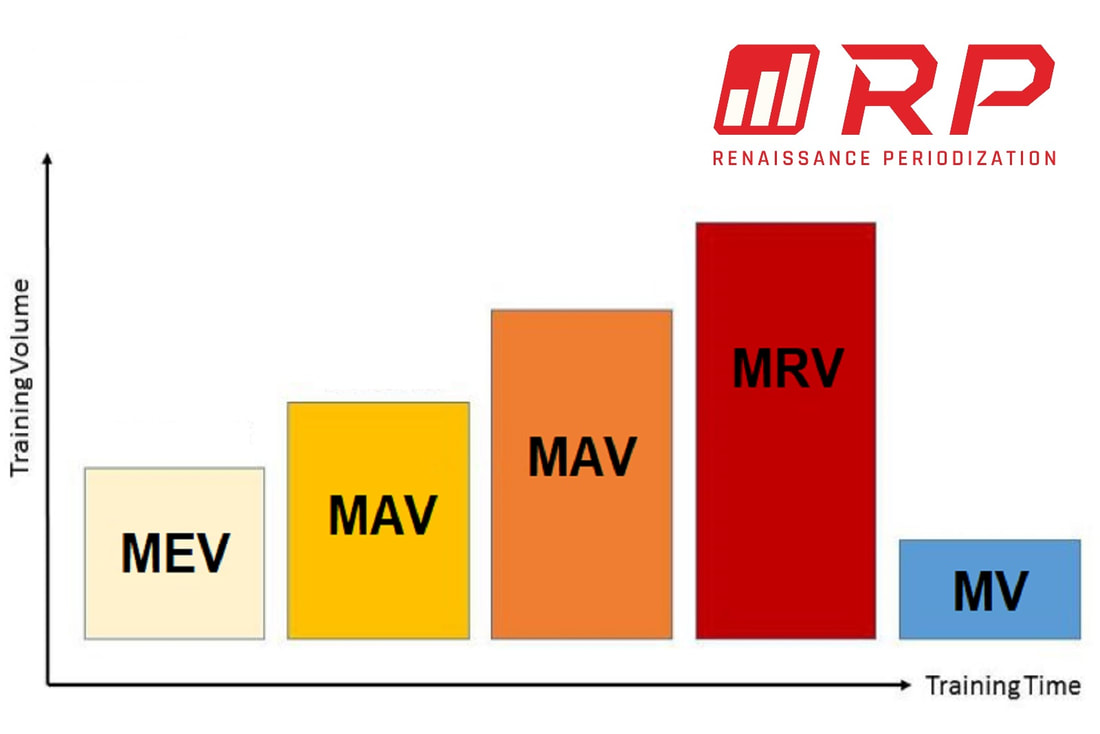|
Last week we covered the concept of individualized programming and why it is so valuable for creating rapid and long term progress. This week we want to dive a bit deeper and talk more about the behavioral side of individualized programming. Human beings, while similar, are all unique in their own way. This can manifest itself in several ways. Some people prefer certain movements and others don't. Some movements feel great for certain people and not so great for others. Some people respond better to certain movements while others don't. This is just one of the few reasons why we individualize our programs. Scientifically individualized programming will lead to the most rapid results. Behaviorally individualized programs lead to the most enjoyment. There are a few other key reasons why we chose to individualize the programs that we create for people. One is the stages of life. Life stage encompasses where an individual is currently at in their lifetime. In order to explain this clearly I want to explore the concept of allostatic load. Allostatic load is the cumulative amount of stress that one is under at any given point in time. In order to understand allostatic load fully one must first understand the domains of stress. The graphic below taken from University of Michigan illustrates the different domains of stress at any given time. Each of these domains creates a cumulative stress load known as allostatic load. The key here is that stress load within the body is cumulative. At any given time there are factors within ones control as well as factors outside ones control. The amount of stress training provides is one factor that we have control over as coaches. When one of our members goes through a stressful life period one of our immediate responses is to adjust the intensity of their training so that their allostatic load doesn’t rise too high. While on this topic I also want to revisit another concept from last week's newsletter. Last week I talked about volume landmarks and how they apply to making progress and also maintaining progress. When an individual has less time to train the amount of training they are completing becomes more important. One concept that we utilize with our clients is reaching the minimum threshold for volume over a training week or MV (maintenance volume). Maintenance volume stands for the minimum amount of training that needs to be completed for an individual to maintain their current level of progress. During periods of high stress adjusting training commitments is one of the best ways to maintain and slowly build progress. When training is adjusted for life it allows people to make a smooth transition between stressful and non stressful periods of life. The final and most important reason we utilize individualized programming is to build what is known as self- efficacy. Self- efficacy is an individual's belief in themselves that they can complete and succeed in a given task. A common complaint that we have heard from our members is lacking knowledge on what movements to perform in the gym. Our goal is to help bridge this gap by helping our members set and reach their own meaningful goals. Setting and achieving meaningful goals is one of the best ways to ensure training will continue throughout life.
Stay tuned for next week where we will explore the concept of consistency and breaking the cycle of the all- or- nothing mindset. Patriel Dunford- CPT, PN-1
0 Comments
Your comment will be posted after it is approved.
Leave a Reply. |
AuthorMy name is Patriel Dunford and as the owner of Infinite Fitness my main goal in life is to spread good advice in the health industry and help people live healthier, longer, more fulfilling lives. Archives
March 2024
Categories |


 RSS Feed
RSS Feed